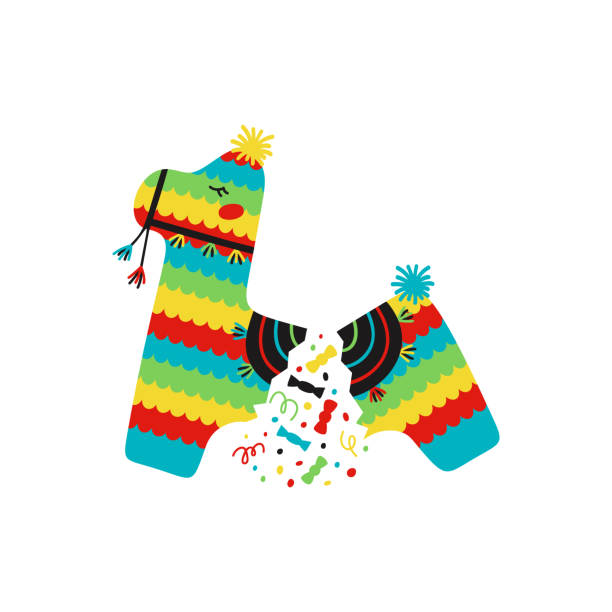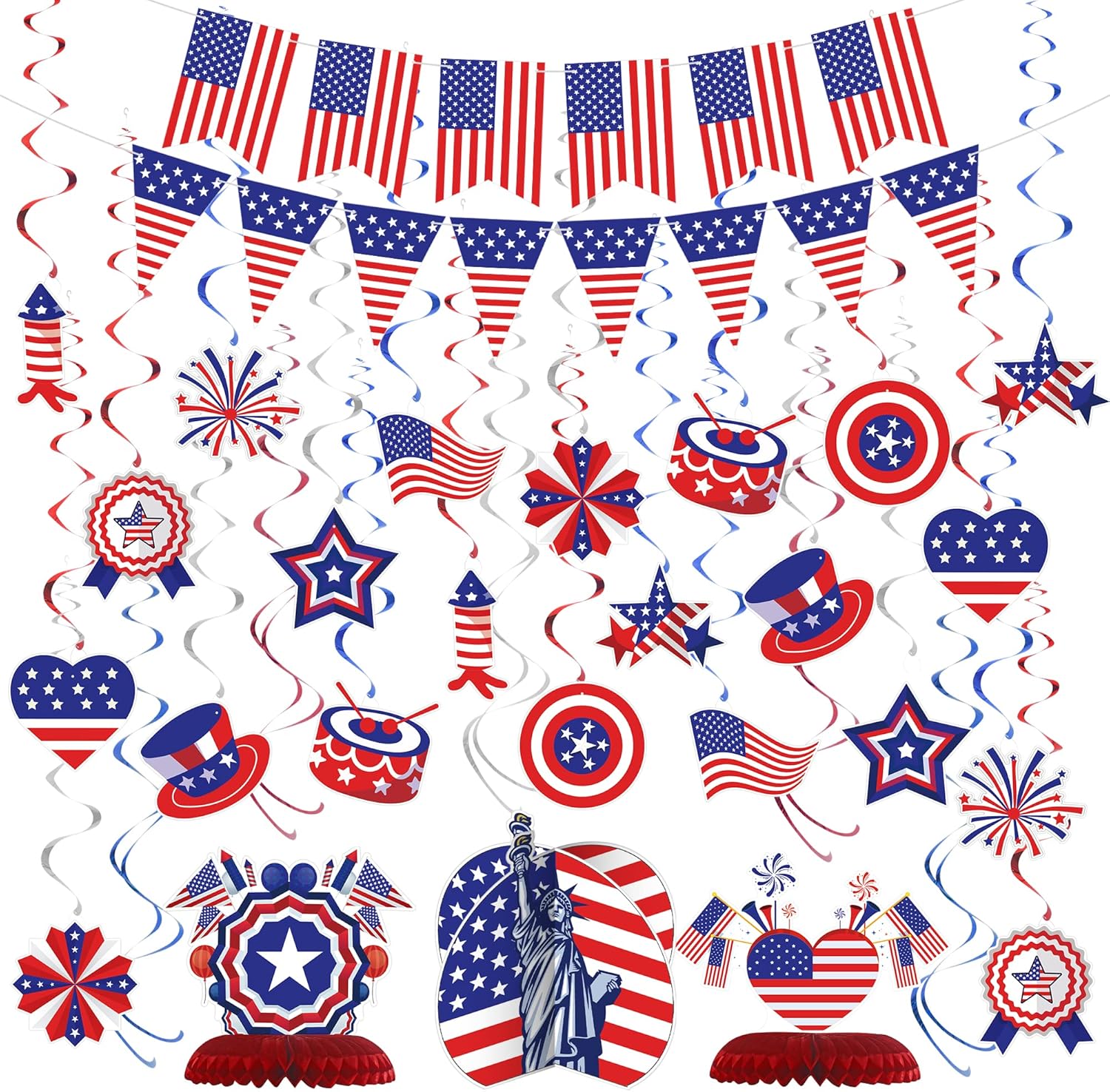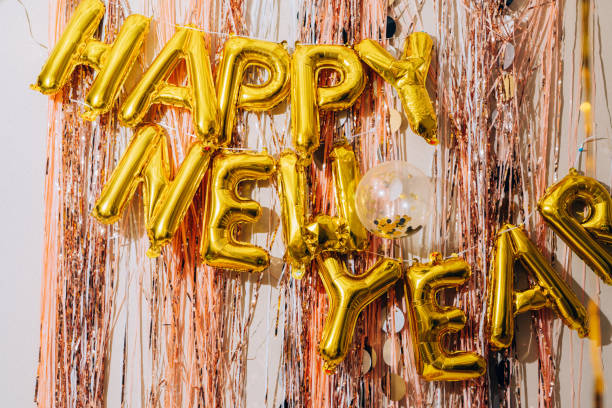Ever wondered about the history, tradition, and technique of those fun-packed candy piñatas? But this iconic party staple has a much more interesting past than you’d expect. A story that travels across countries and centuries, starting in China hundreds of years 1060x ago to your next party.
We here at Nicro are always intrigued by the lineage of our forniture per feste. We want to replicate that delightful experience in the form of a highly sustainable. It was essential for us to understand where this piñata could come from, so we continued working diligently with our wholesale partners and brand clients worldwide. Join us as we pry open the curious history of the piñata.
Beginnings of Pinata: Ancient China
The original piñata was something used for the Chinese New Year in the spring during this time. The early Chinese made cow and oxen figures of colored paper or clay. Each was filled with one of five kinds of seeds.

The disfigurement of the figure was a solemn and no-nonsense ritual. The seeds which symbolize a successful harvest the following year, started falling to the ground when that farmer broke it open with his stick. They gathered the ashes of burnt papers and saved them for luck all year. It was a tradition that had less to do with whimsy and more about hope — the type of survival skill forgotten in our digital era.
The West: AD 700-1400 Marco Polo and Europe
One of the most iconic explorers in history discovered how to make piñatas and brought them back home. This Chinese tradition was first recorded by the Italian merchant Marco Polo in the 13th century. He took the idea back to Europe, and it began quickly in Italy.
This was adapted and given a Christian meaning in Italy. That tradition was later tied to the Lenten season before Easter. Italian “pignatta” = fragile pot. The European version of this item was normally a simple, decorated clay pot.
So the practice moved on to Spain from Italy. A simple clay pot is ready to be used by the Spanish, which was beaten with colored paper and ribbons. One of the religious festivals they used it for was on the first Sunday in Lent. The Spanish-language piñata was symbolic of resisting temptation. The guy who is blindfolded around his head with a stick in hand represents faith, fighting evil, and what sweetness one gets inside is the pleasures of heaven.
To America Goes The Piñata
Most significant was the piñata in its chapter of history during the 16th century. The Spaniards brought the piñata to New Spain when they sailed with missionaries from Andalusia, did it to them in America. They landed in what is modern-day Mexico, long settled by other cultures and civilizations.

It was later employed by the Spanish missionaries for evangelization. They learned that it was a tradition of the native Aztec people. Though the ceremony took place every year to mark the birth of their god, Huitzilopochtli. In addition, priests would hang a clay pot on a pole in the temple. It was painted with colorful feathers and had small treasures inside. That stick would be broken and the offerings droppedFiled Today At The Feet Of Thirst-Stone, A FirstCouncil_P-Maker_DrawPedido by offering in veneration of her absent idol
Seeing this like-minded activity, the Spanish missionaries wisely adjusted their piñatas to represent Christianity. They imbued it with new religious meaning: the original piñata shape in Mexico was a star-shaped form — hence its continued popularity there today—symbolizing The Star of Bethlehem, which led Melchior, Balthazar, and Caspar (The Three Wise Men) to the infant Jesus. The seven points represented the seven deadly sins. The eyeband was blind faith, the stick was virtue that can annihilate sin. The sweets and fruits that were within it — those are the rewards of eternal life.
The piñata became an immediate and enduring hit in Mexico as a hybrid of Spanish/indigenous traditions. No longer a foreign import, it had entrenched itself firmly within local tradition.
Contemporary Reception: How Do We Feel About the Piñata Today?
The piñata has become a global icon today, but it finds its greatest affection in the following regions:
Mexico y Latinoamérica: The birthplace of the modern piñata. There is no birthday party, Christmas posada, or any other celebration without them. The nine days before Christmas are referred to as Las Posadas, one of the many iconic traditions of this time of year and a huge part of its culture.
The United States – With a sizable Hispanic population and influence, the piñata is now common at children’s birthday parties in this country.
Rest of the World: It has also equally become popular in parts of Europe, Asia and Australia, mainly played as a fun, playful party game for kids and adults.
How Did the Piñata Disappear from China?
This is a fascinating question. The practice started in China, but it didn’t survive there in its original form. There are a few key reasons:
Cultural Evolution: Many traditions change and disappear over time. The complex agricultural ceremony of breaking an animal filled with seeds was probably replaced by other New Year’s practices and traditions.
In America, the Catholic Church embraced and protected piñatas. They also tried to pass down the history of superstition for centuries. The original piñatas did not have such a strong supporter in China, and they were similarly small.
As China became more modern, many old folk customs died out or changed. I truly believe that the original piñata ritual disappeared as the city changed.
The spirit of a tradition is what matters, not the specific tradition itself. This spirit can be found in every corner of our global society. After yesterday, the world became one. This shows that even though China is becoming more global, piñatas are still popular. They are popular because they are novel, and people like to make them themselves.
Conclusione
The piñata, Journey of a Party Icon, is the story not only of cultural exchange and adaptation but also joy. For centuries, it has brought people together, from an ancient Chinese seed pot to a global symbol of celebration. We at Nicro are proud to still be a part of this awesome story in 2019, making piñatas that will anchor your next gathering! Reach out to Nicro today for wholesale ordering from our catalog, or talk about a custom piñata project!
- Private Label vs. Custom Manufacturing Party Supplies: Which is Best for Your Brand? - Novembre 5, 2025
- What Can a Private Label Party Supplies Manufacturer Do for Your Brand? - Novembre 5, 2025
- Piñata History: From Ancient China to Modern Parties - Novembre 5, 2025




